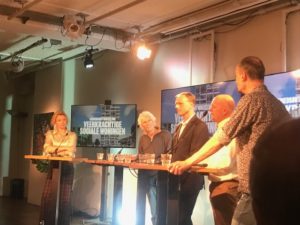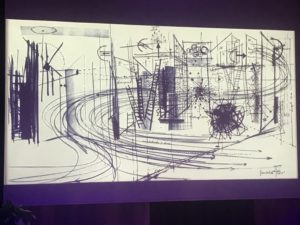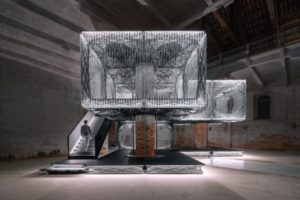Woensdag 6 juli 2022, Pakhuis de Zwijger; een uiterst actuele en interessante bijeenkomst georganiseerd door Briq’s Remko Zuidema rond ‘Veerkrachtige Sociale Woningbouw’. Leidraad was het Open Building principe; leunend op het werk van Habraken (‘de dragers en de mensen’, 1961) werd – gemodereerd door Arcam’s Indira van het Klooster gepresenteerd en gediscussieerd over de mogelijkheden deze uitgangspunten te her-denken en implementeren. Uiteindelijke vraag o.a.: kan een drager collectief eigendom zijn en de inbouw individueel huurbaar? Wat is wiens eigendom, hoe participatie te organiseren, wat is de rol van technologie?



